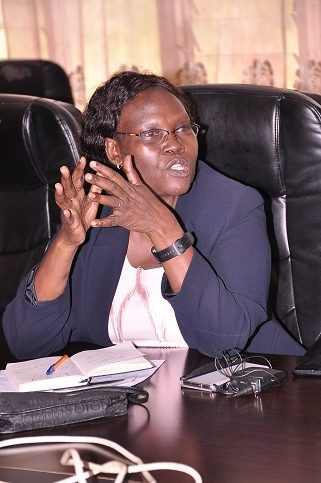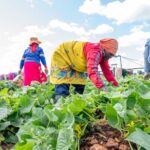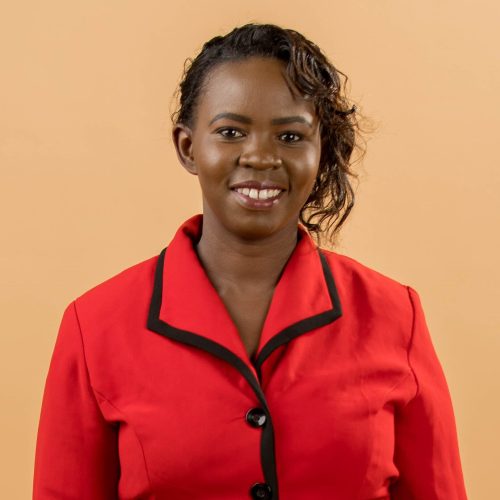
science cafe organised by MESHA and Kenya Forest Service in Nairobi.
By Clifford Akumu | akumu.clifford@gmail.com
In September 2022 when President William Ruto was in New York pleading for more support to tackle climate change, his deputy Rigathi Gachagua made announcements on lifting the ban on the Shamba System (which has been blamed for wanton destruction of the country’s natural forests).
The debate would later take a new twist, with conservationists and communities depending on indigenous forests for livelihood weighing in on the matter, warning that the gains made in increasing forest cover would be lost.
However, it’s not the first time the Shamba System has met heawinds. It was first banned in 1986 but the ban was lifted in 1994 before President Mwai Kibaki banned it again in 2003, citing abuse by Kenya Forest Service (KFS) officials and timber millers.
The Jubilee administration also outlawed the system in January 2021, citing environmental degradation, three years after imposing a moratorium on logging in public and community forests over the same concerns.
Our reporter Clifford Akumu had a chat with Mercelyne Khalumba, forest plantation and management officer, during a biodiversity science cafe organised by MESHA and KFS recently to demystify the misinformation surrounding the Shamba System or simply PELIS.
What exactly is PELIS approach?
It refers to Plantation Establishment and Livelihoods Improvement Scheme. Through the Forest Mangament Act of 2016, the Kenya Forest Services is allowed to collaborate with communities adjacent to forests through Community Forest Associations (CFAs).
Under this scheme, we invite the communities that live around the forests who have registered themselves into CFAs to come and work with Kenya Forest Service in the forest establishment plantation.
So, as we plant the trees, they also raise their food crops in the same unit of land.
Could you tell us about the origin of PELIS?
The PELIS system is not entirely a new concept as it was formerly known as the Shamba System before being re-branded.
PELIS traces its way back to 1902 when farmers were being allowed to cultivate crops within the forest settings. In Kenya, the colonial administration introduced the system in 1910 to provide raw materials for the timber industry and reduce pressure on natural forests. The name changed to Shamba System in the early 1990s.
In 2010 the name further changed to non-residential cultivation. But from 2010 to date the name changed to Plantation Establishment and Livelihoods Improvement Scheme(PELIS). Only five per cent of forests is under forest cultivation (with food crops) the rest of the 95 per cent is indigenous plantation.
How is PELIS conducted?
After signing agreements with the CFAs, our forest station managers work with their officials to designate certain areas as plantation areas.
The CFAs then allocate these plots to the communities, particularly giving preferences to the poor people who have no land before they move to the other groups of people. The rest are normally put through balloting. The size of the plot they receive is normally half an acre where the demand is high, but where it’s low it can go up to between one and two acres.
The Kenya Forest Service (KFS) raises the seedlings in the nurseries, while the communities assist in planting and taking care of the trees until they reach a height where they cannot exist with other crops – roughly after three or four years.
In PELIS, we have the farmer and KFS working in the same unit of land. In this same unit of land people have different interests; the farmer wants food and KFS wants the trees to grow. KFS plant mainly exotic tree species.
How much land in the country is under PELIS?
Currently we have about 10,000 hectares under PELIS. The trees are in year one, two or three. Kenya’s forest cover now stands at 8.83 per cent from 5.99 per cent in 2018 while tree cover is at 12.13 per cent, according to the newly released National Forest Resources Assessment Report 2021.
What are the impacts of PELIS scheme on forest conservation and protection?
When the farmer is taking care and cultivating the trees, the government is saving on the costs while the farmer is getting food and improving their livelihood (as they weed the food crops they also weed the trees, leading to a symbiotic relationship). It also leads to a high survival rate of trees compared to when they are planted in the grassland without any care.
Which type of crops can be grown under the PELIS programme?
Farmers are encouraged to grow low-cover crops such as kales, beans, carrots, Irish potatoes and garden peas. Growing of maize is banned because it slows down the survival of the trees. Studies conducted by KFS has shown how farmers are reaping and changing their livelihoods from the earnings they get from the PELIS programme.
There has been a raging debate about the reintroduction of Shamba System. What is the correct position in this cloud of misinformation?
PELIS is still on. Because of the policy directive from the government, we stopped cutting plantation trees. Farmers have planted crops in the spaces where the trees had been cut. We cannot allow them to go and plant their crops in the plots with indigenous tree species unless we cut them again.
We hope the logging ban will be lifted so that we harvest the trees then there will be space. But we have not stopped.
Where do the mature trees from PELIS programme go to?
When these trees mature, saw millers who are e-registered and pre-qualified bid to purchase them. Once the trees are harvested under the sustainable harvesting plan (contained in the forest plantation management plan), the area is available for cultivation by farmers as they raise another crop of trees.
What about your call to increase forest cover across the country?
I advise people to plant trees in their land. The government’s gazetted forests are limited, even if we fill them we might not reach the target yet. But we now need to go to the rangeland and farmland to plant trees. For example, if your land is small, you can plant along the boundaries or shade trees in your compound.








